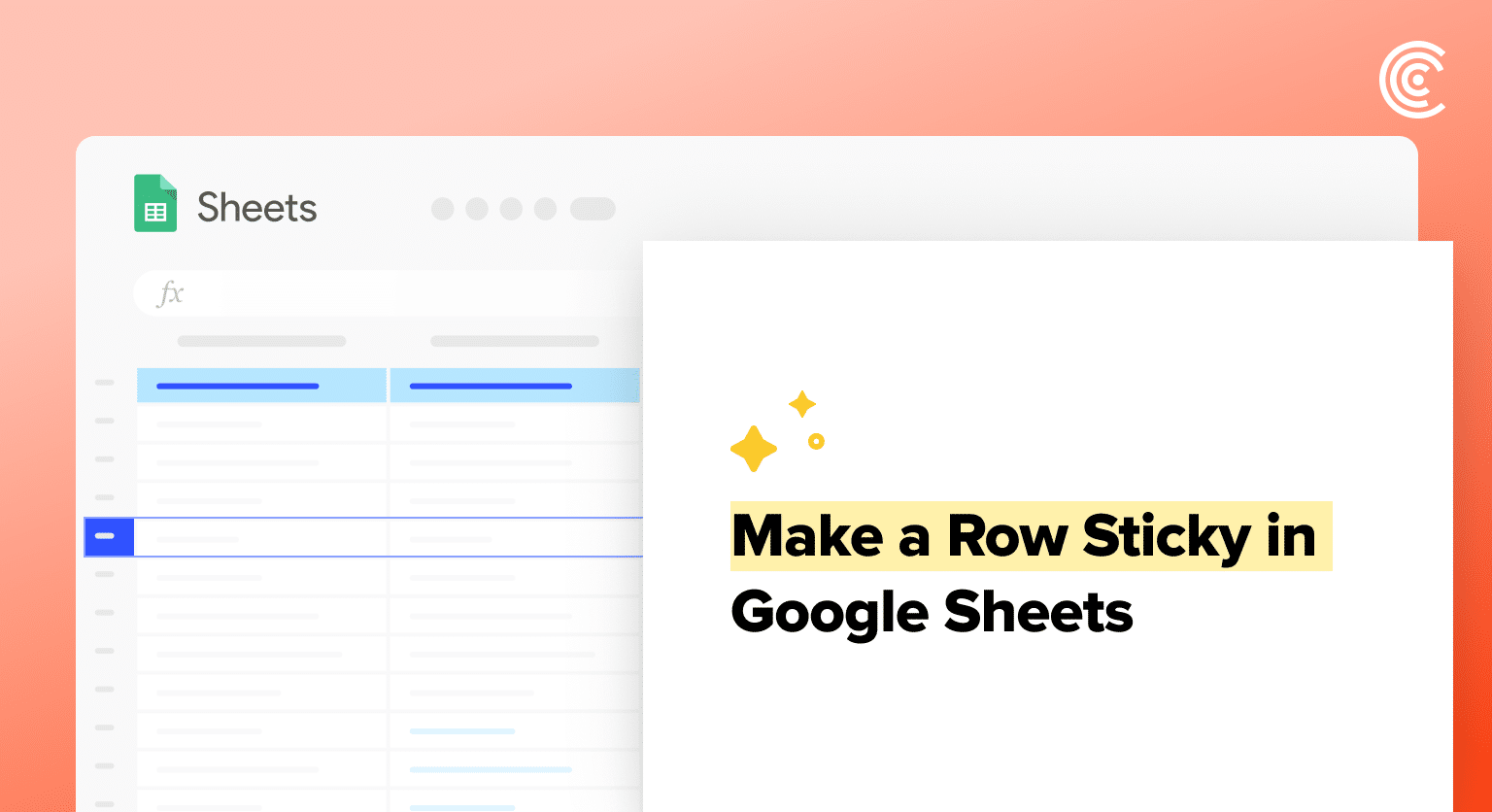Freezing rows, or making them “sticky,” keeps essential headers visible as you scroll, enhancing your analysis efficiency.
This guide walks you through freezing rows in Google Sheets, ensuring key data remains at the forefront, regardless of your position in the sheet.
Implementing Sticky Rows
Implementing sticky rows in Google Sheets allows users to keep header rows visible while scrolling through large datasets, significantly enhancing data management efficiency.
Freeze Rows for Enhanced View
To maintain visibility of header rows when navigating large spreadsheets, users can freeze rows. This functionality ensures that header information stays at the top of the screen, even when users scroll down through their data.
In Google Sheets, the option to freeze rows can be found in the view menu under Freeze Panes. Users may select to freeze the first row or several rows according to their data needs.
This is particularly useful for keeping column headers in view, which helps in accurately tracking data while scrolling.
Sticky Headers on Different Devices
The method to set up sticky headers slightly varies between devices:
- PC: Position the cursor over the horizontal gray line beneath the column headers. Upon turning into a hand icon, click and drag and drop to set the desired rows as sticky.
- Android and iOS: Tap the desired row number or column header and select either to freeze or unfreeze from the dropdown menu, enabling sticky rows or columns that stay visible during vertical and horizontal navigation.
- Mobile devices: Often have similar freeze options accessed through a long press on the selected column or row.
This approach to data management keeps important header information readily accessible, improves readability, and assists in maintaining context, which is crucial when dealing with large datasets. Users can also hide rows or hide columns that are not immediately needed to simplify the view further.
Advanced Sticky Row Techniques
When leveraging sticky rows in Google Sheets, one elevates their productivity by ensuring important data remains in view while scrolling through complex spreadsheets.
These advanced techniques provide the flexibility needed to manage data effectively.
Managing Multiple Rows and Columns
To handle multiple rows or columns in Google Sheets, one can freeze them to keep key information visible. By selecting the desired rows or columns and then using the pop-up menu to freeze them, their position becomes fixed.
This involves dragging the blue line that appears to indicate the freeze limit, which enhances readability and maintains a user’s focus on critical data. Especially in analyzing data across extensive sheets, this feature proves invaluable.

Supercharge your spreadsheets with GPT-powered AI tools for building formulas, charts, pivots, SQL and more. Simple prompts for automatic generation.

- Click on the row or column header.
- Await the pop-up menu.
- Choose the ‘Freeze’ menu option.
- Adjust the blue borderline as needed.
Advantages of freezing multiple rows or columns include maintaining consistency in data analysis and improving the user’s ability to match related data across different parts of the spreadsheet.
Utilizing Conditional Formatting and Formulas
Conditional formatting combined with sticky rows enhances the value and readability of data within Google Sheets.
Setting rules that automatically apply formatting such as changing the border color or highlighting can draw attention to rows or columns under specific conditions.
- Conditional Formatting:
- Highlight cells based on criteria (e.g., values above a certain threshold).
- Enhance data visualization and differentiate rows.
- Formulas:
- Use alongside conditional formatting for dynamic effects.
- Offers users more control in pinpointing and showcasing pertinent rows.
By inserting formulas into the mix, one can further personalize their data experience.
For example, using a formula to freeze rows or columns based on a match condition allows for an adaptive and flexible data analysis environment, catering to specialized requirements of complex spreadsheets without sacrificing the productivity benefits of sticky rows.
Conclusion
Freezing rows in Google Sheets keeps important information accessible, streamlining data analysis.
Ready to enhance your spreadsheet management and analysis? Get started with Coefficient for free today!


